#Retrain Your Brain
The “us and them” mentality can be harmful. But, sometimes, if used carefully, being an “us” can be helpful.
We can build an “us” around activism. We can band together as a group of people who care, who want to recognize our biases, and live with values of equity.
This “us” can dismantle unfair systems and policies in our neighborhoods, nations, and even across the globe.
Everybody is sitting around saying, ‘Well, jeez, we need somebody to solve this problem of bias.’ That somebody is us. We all have to try to figure out a better way to get along.
Former Principal Chief, Cherokee Nation
Twenty Questions
Take five minutes to reflect on how bias takes shape in our lives.
With practice and personal commitment, anything that we learn—internalized racism, hatred toward religions, fear around people who are housing insecure—can be unlearned. But we need to know we learned it in the first place. This is why we practice self-awareness.
Take a good look inside yourself. Many of us have been in the following situations.
Can you see the bias inside us?
1.
Do you refer to someone’s race when it’s not necessarily relevant (for instance: referring to someone as “a Black doctor” or “Latina lawyer” or “White cashier”)?
2.
Have you ever assumed that someone is good or bad at something based only on their age or gender (for instance: who do you think is good at fixing a car)?
3.
Have you ever had to lie about a part of your identity to fit in or to stay safe?
4.
Do you ever say things like, “Stop acting like a girl?” or “Man Up!,” or refer to all your friends as “guys”?
5.
When you see a person who has a physical or mental disability, do you ever avoid making eye contact?
6.
Have you ever felt that you were not taken seriously at work or in school because of an aspect of your identity?
7.
Have you ever asked a person “Where are you really from”?
8.
Do you ever justify using derogatory language or slurs because you think everyone else uses them?
9.
Have you ever remained quiet when hearing a racist joke?
10.
When you picture someone beautiful in your mind, are they wearing fancy clothes and of a high socioeconomic class?
11.
Do you spend much of your day surrounded by people who are similar to you? Same religion? Sexuality? Body shape?
12.
Have you ever questioned the history you’ve been taught because it omits the stories of entire groups of people?
13.
Have you ever assumed your female friend’s crush must be a boy?
14.
Do you catch yourself judging yourself or others about body shape and weight? Do you make automatic assumptions about their behaviors and health?
15.
When you hear words like doctor, lawyer, politician, scientist, do you assume someone is talking about a man?
16.
Have you ever referred to a neighborhood as safe or unsafe based on the racial (or socioeconomic) demographics of that neighborhood?
17.
Have you ever asked someone if they have a nickname because you thought their real name was too hard to pronounce or remember?
18.
Do you ever speak louder and more slowly to someone who speaks with an accent?
19.
Have you ever seen someone new in your neighborhood and wondered if they belonged? Does it matter whether they look like others in your neighborhood?
20.
When you think about poverty do you automatically think of one type of person? Do you assume only one race, religion, body weight, or gender experiences low status?
Listen In
Let's Stand Together to Do Better
The American author James Baldwin once said: “Not everything that is faced can be changed, but nothing can be changed until it is faced.”
If we want to change the biases in our world, we need to face them.
We need to stand up together and face the injustices. There is no shame in wanting a better world for all and for our future.
And we will not be alone in standing up.
Whether we join with our neighbors to paint over symbols of hate, or we come together to peacefully protest police violence, there is a community of allies that we join when we finally choose to stand up.
We can, and we do.
Everywhere, there are people standing up in the face of hate.
Minneapolis, Minnesota
After George Floyd was murdered by Minneapolis police officer Derek Chauvin in 2020, local photographer Wale Agboola captured the scene at a protest.
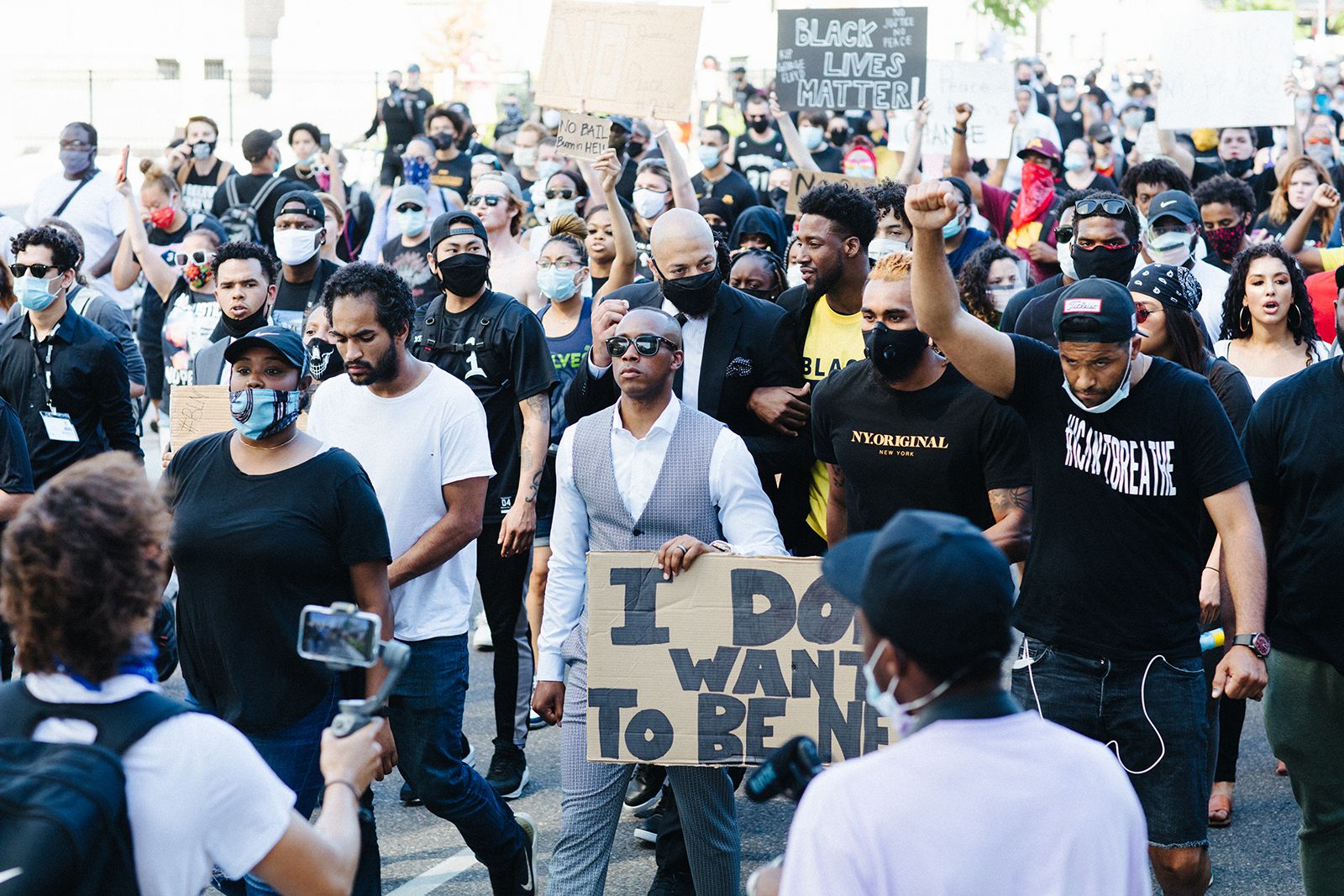
Roanoke, Virginia
Virginia auto body shop owner Richard Henegar overhauls a college student’s car that was nearly destroyed by anti-gay vandals.
Repairing Hearts After Hate: Not In Our Town
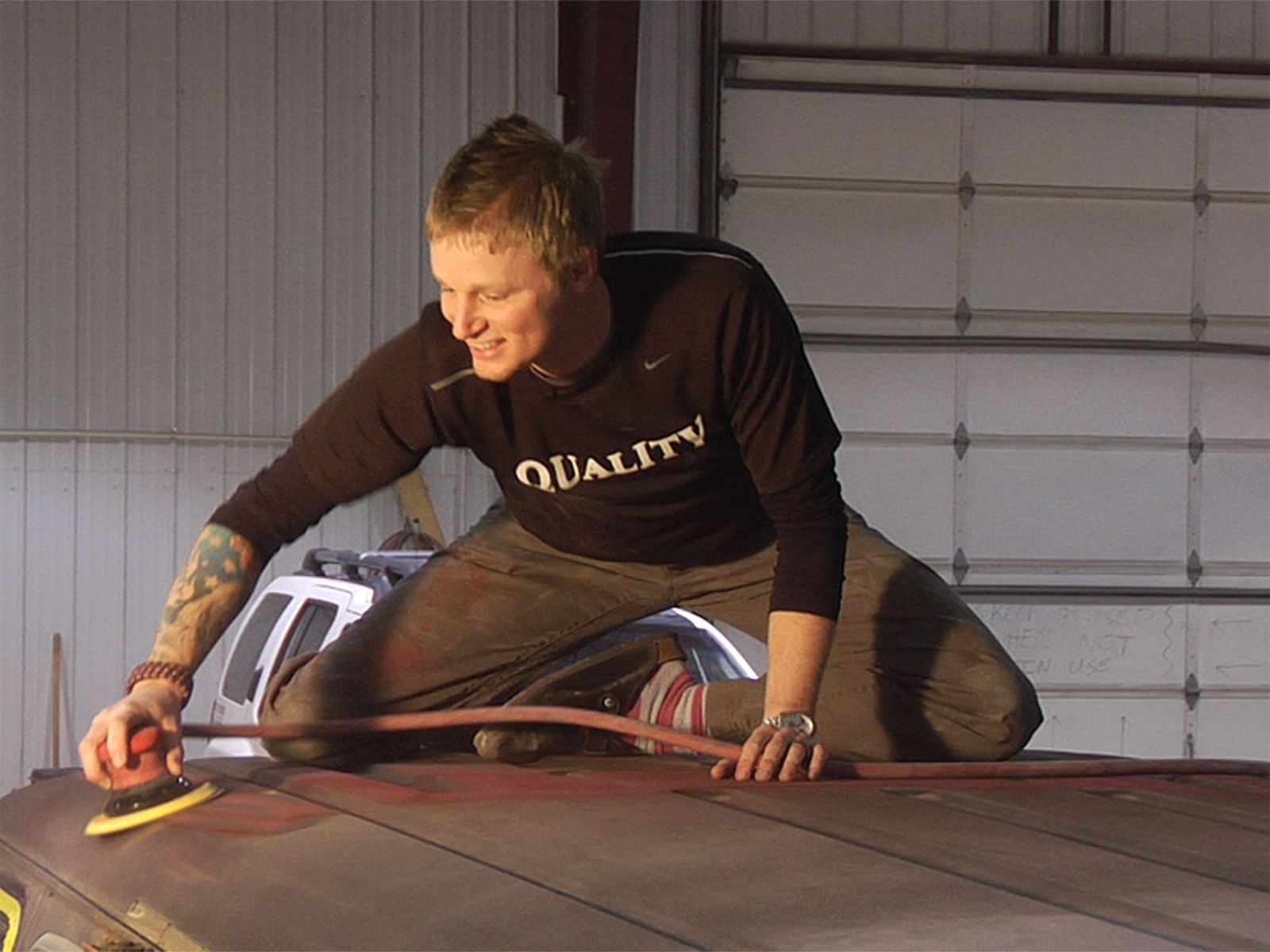
Oak Creek, Wisconsin
After a white supremacist killed six worshippers, the Sikh tradition of forgiveness and faith transforms the community.
Waking in Oak Creek: Not In Our Town
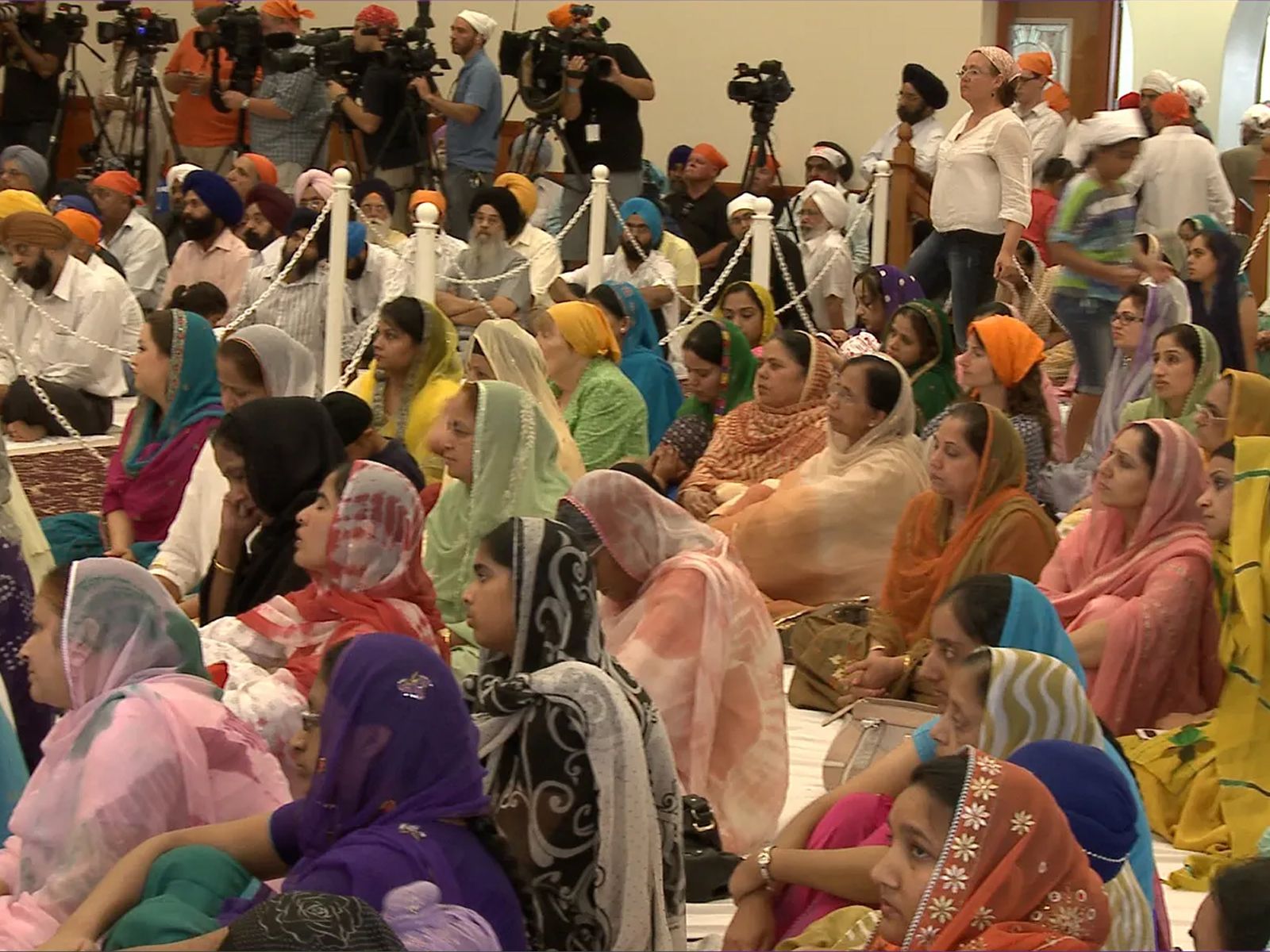
Billings, Montana
Volunteers and neighbors paint over racist messages on a Native American family’s home, as a courageous community stands together to fight hate and ignorance.
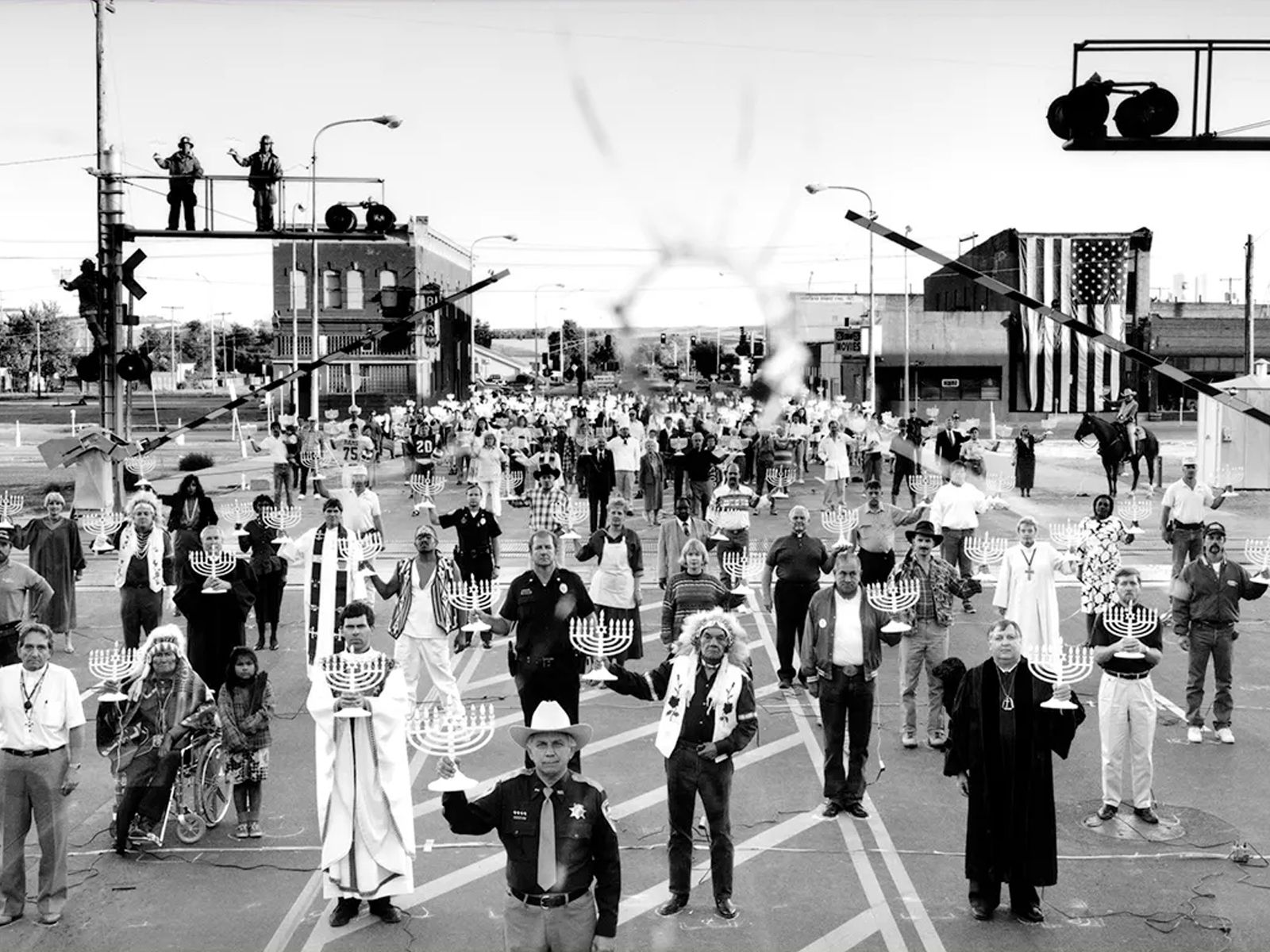
Tree of Life Synagogue, Pittsburgh
After a gunman took 11 lives in the worst antisemetic attack on U.S. soil to-date, those affected remember and work toward recovery.

Paris, France
In solidarity with U.S. Black Lives Matter protests during the summer of 2020, thousands of protestors gathered in La Place de la République in Paris. Citizens from every continent on the globe joined in the stand against systemic racism.

Durham, North Carolina
Although yoga and fitness were long argued to be places only for thinner or small bodies, body positive yogis like Jessamyn Stanley are taking the practice back to its roots to foster respect and health for all bodies.

As humans, we inherently want to know whether the world is changing for the better or the worse.
But most of the time it’s impossible to tell how our world is changing because we are focused on the here and now.
So, take a step back and think about your own past and your possible future.
Scientists Dr. Tessa Charlesworth and Dr. Mahzarin Banaji have been tracking peoples’ implicit biases by collecting responses to Implicit Association Tests at Project Implicit.
Which way do you think we’re heading?
Over the past 15 years, have our implicit biases in these areas increased, decreased, or stayed the same?
Racial Bias
In this instance, racial bias refers to an automatic preference for White Americans over Black Americans. Based on recent trends, have our implicit racial biases increased, decreased, or stayed the same?
Correct answer:
ADecreased
Between 2007 and 2020, implicit biases about Black Americans have dropped by about 25% and are continuing to decrease.

Age Bias
In this instance, age bias refers to an automatic preference for people who are younger over people who are older. Based on recent trends, have our implicit age biases increased, decreased, or stayed the same?
Correct answer:
CStayed the Same
Over 15 years, implicit age bias has hardly changed at all. In fact, given how stable they are, researchers forecast it will take more than 200 years for these biases to reach neutral.

Disability Bias
In this instance, disability bias refers to an automatic preference for people without a disability over people with a disability. Based on recent trends, have our implicit disability biases increased, decreased, or stayed the same?
Correct answer:
CStayed the Same
From 2007 to 2020, implicit disability bias has remained stable, shifting by only 2% over 15 years.
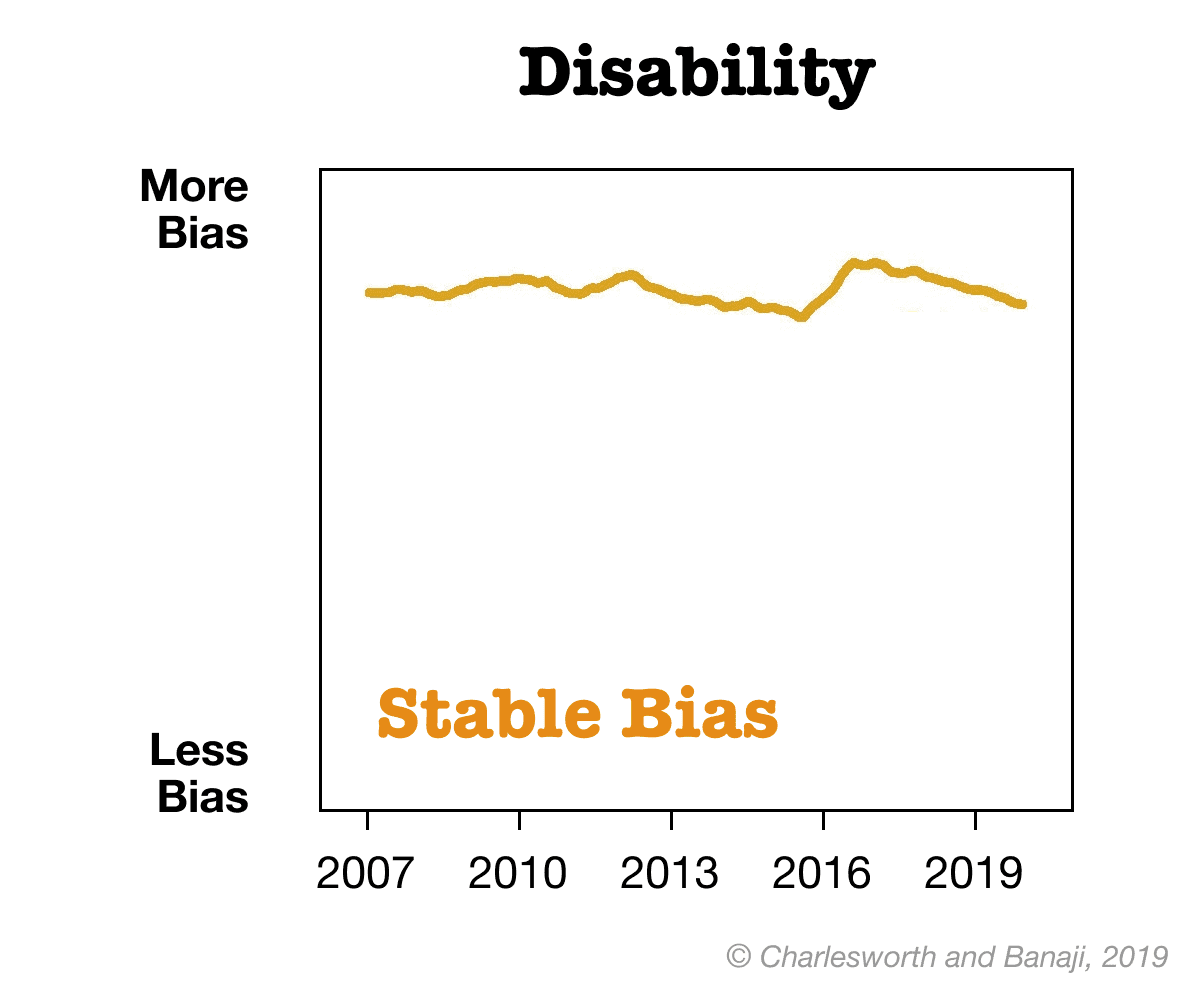
Sexual Orientation Bias
In this instance, sexual orientation bias refers to an automatic preference for people who are straight over people who are gay or lesbian. Based on recent trends, have our implicit sexual orientation biases increased, decreased, or stayed the same?
Correct answer:
ADecreased
The brightest story of change: over the past 15 years, implicit bias about sexual orientation has fallen by an unprecedented 64%!
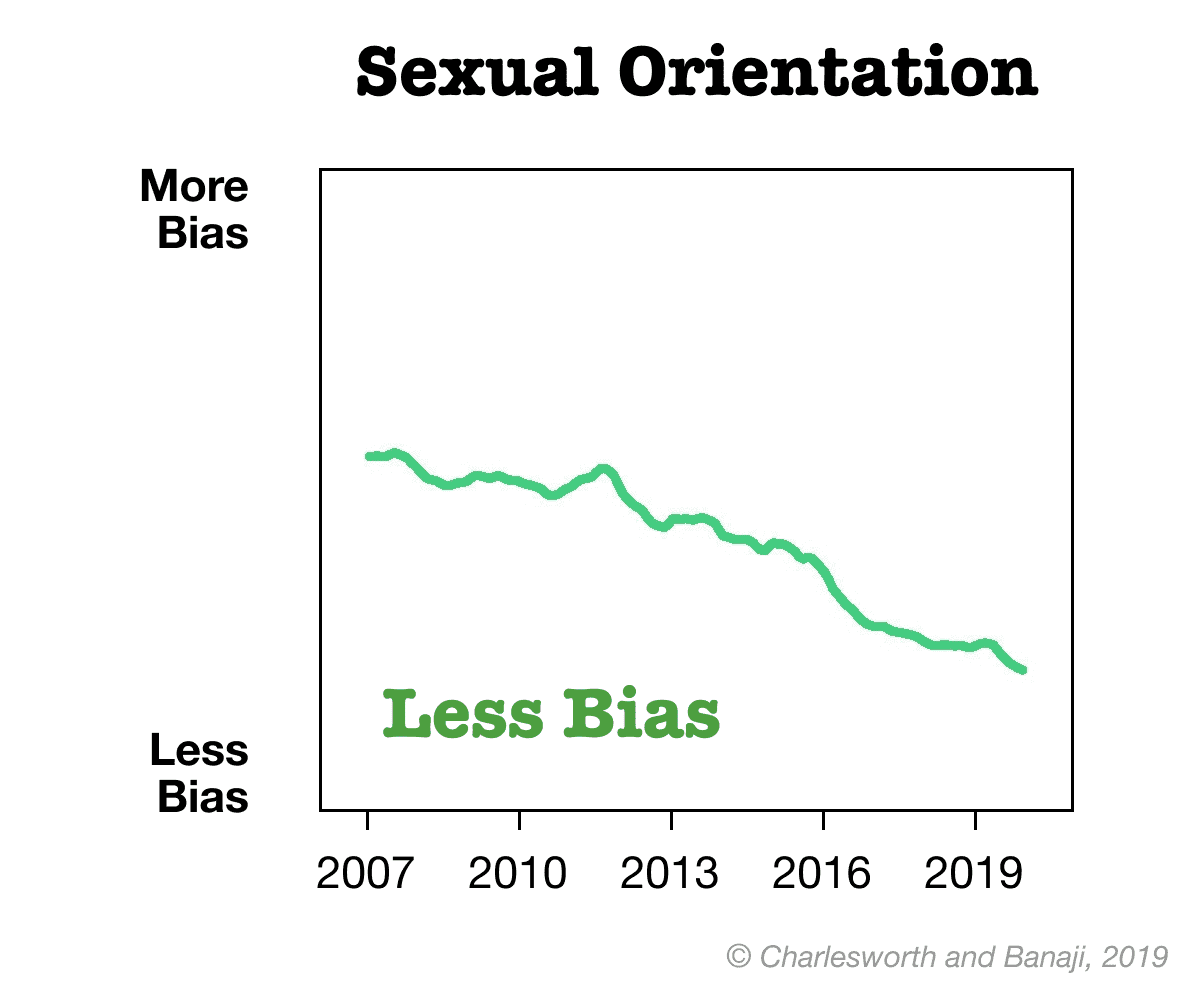
Body Weight Bias
In this instance, body weight bias refers to an automatic preference for people who are thin over people who are fat. Based on recent trends, have our implicit body weight biases increased, decreased, or stayed the same?
Correct answer:
BIncreased
In the early 2010s, implicit body weight bias was getting worse (increasing by 40%). But recently the trend has levelled off.

It’s not yet clear why exactly these biases are changing in this way.
But scientists argue that it’s a combination of awareness, social and political policies that encourage equity, and greater media coverage of the real stories and people with these identities.
Next SectionConclusion
We have work to do everywhere. But we can learn lessons from the biases that are changing for the better to make sure that we move in the direction of a safer and more equitable society.
Explore